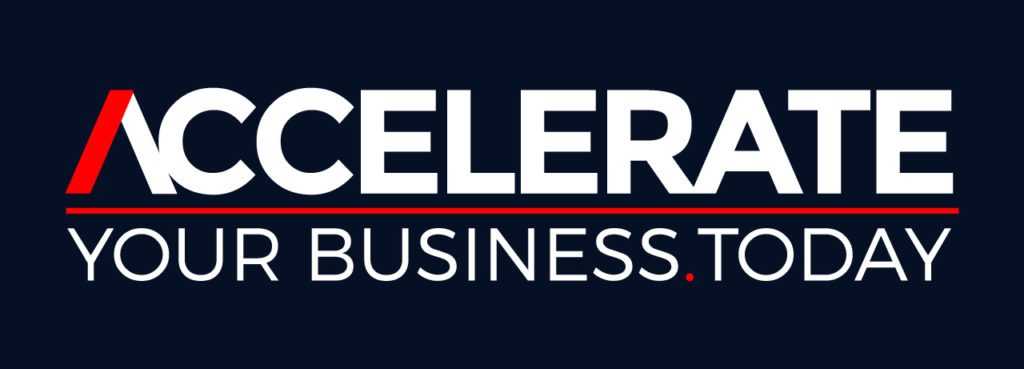True Classic, from a $3000 investment in 2019, now $150 million in revenue – insights
Today’s newsletter is the continuation from earlier this week – it digs into how the fastest-growing direct consumer brand launched in 2019 and now has a valuation of around $700 million.
Summary,
- 190 markets worldwide,
- International revenue is about 25 -30% of the overall share of the business,
- Their website is on the Shopify platform,
- It has Facebook and Instagram shops and also on Amazon,
- Opened five physical retail locations,
- Future strategies include investigating – marketplaces and wholesale operations,
Meta Incubator was critical for their success.
Ben (founder) says the Incubator gave them a lot of
- resources,
- measurement,
- creatives – what works – what doesn’t work,
- technology guidance,
- partners to invest in,
- All of the right things to do and not to do to be successful,
Ben says this gave them the insane potential on how fast and how far you can take a company and how quickly you can do that when you’re successful on these platforms.
Product Fit
From the start, Ben and Ryan (two co-founders) wanted the best T-shirts.
Their research explained what guys want from their T-Shirts.
- they want comfort,
- the fabric has to feel right – soft and fits well,
- it has to be tight around their arms and chest and looser around their torso,
Their initial work was to find the apparel manufacturer (s) and see which would work with us.
They found a good supplier fit for them
- The trading terms were favourable with 60 days, not 45 days,
Rave about this brand – people go out of
their minds saying True Classics products are changing
their life; Ben says, you start to realise – wow, we’re on to something here.
Laser-focused on critical metrics from day 1
- How many dollars do we make back for every dollar we spend,
- How can we scale that machine right?
- Not just revenue deep but also payment processing fees, fulfilment costs and expected returns and their cost and the cost of goods sold,
- Outbound shipping and fulfilment costs,
To get an understanding of where we are with gross profit, contribution profit for every dollar we
spend.
2022 Revenue $150 million – the break-up
Ben focuses on breaking even with every customer – it’s a daily sum. Once a person has bought, True Classic has their primary data – email, phone, and address.
Even losing a few dollars to acquire a customer may be acceptable as they will recoup this on much lower acquisition costs for second and subsequent sales.
Balancing – stock levels, sell-through, and the cost to acquire daily – are his three critical growth levers.
Ben is relatively cagey about the exact break up of his margins and expenses – a recent interview provided the following insights.
Revenue – $150 milllion
Estimated Gross Profit 70-80% GP $105 million
Expenses
Shipping 15% $22.5 million
Advertising $57 million
Advertising
Ben believes advertising spend is an asset that should be on your balance sheet (accounting standards do not allow this)
Capturing first-party data – customers’ emails, phones, and the ability to send SMS have long-term economic value. Bens’s view is that investing in your brand creates long-term value.
Future newsletters will capture more on Bens Insights
New Research: Are People Excited About AI?
- According to Dentsu’s new Consumer Navigator survey, consumers increasingly value brands prioritising transparency with the growing adoption of generative artificial intelligence (AI) solutions.
The findings: AI is not a surefire hook for driving your ideal buyer engagement or commanding higher prices.
- Just 34% of respondents said they would be willing to pay a premium for products and services built with the help of AI.
- Consumers see only some categories reaping the same rewards from experimenting with generative AI.
- Consumer worry businesses may fall victim to shiny object syndrome. They want transparency while businesses learn to navigate a Wild West phase of AI with few regulations and safeguards.
- 70% of respondents said brands should disclose when AI has been used to develop products, services, experiences, and content,
- 77% agreed that brands must monitor technology to ensure it doesn’t perpetuate existing biases and inequalities,
- 61% supported brands experimenting with generative AI
- 42% said they prefer brands that are using AI vs those that aren’t,
- 45% of Baby Boomers cited scepticism as their biggest reservation,
- 50% of Millennials cited enthusiasm about generative AI compared to 12% of Boomers and 29% of Gen Z
Regards
David
